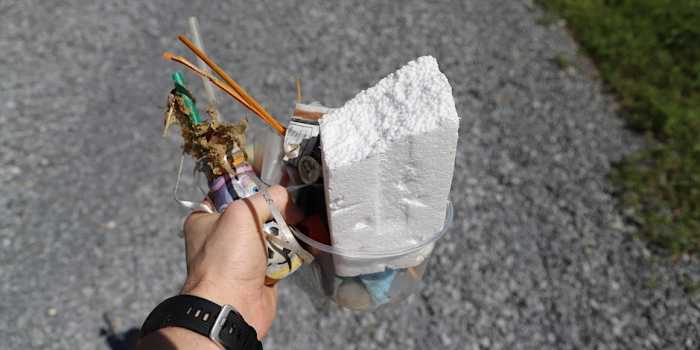Hurricane season is still underway, and Nassau County residents know the threats storms can bring to Long Island. From flooding along the South Shore to power outages inland, severe weather can disrupt homes and put families at risk. For pet parents, making sure dogs, cats and other animals are safe is just as urgent as preparing for themselves.
Here are 10 essential tips for residents to help protect pets during hurricanes and other storm emergencies.
-
Build a Nassau-ready pet emergency kit
Local officials urge residents to prepare go-bags, and pets need one too. Stock at least three days of food, bottled water, medications, medical records, leashes, waste bags, bowls and a favorite toy or blanket. Seal the kit in a waterproof container and keep it by the door in case an evacuation order is issued for coastal neighborhoods such as Long Beach, Freeport or Massapequa.
-
Update identification before storms hit
Storms can separate pets from their families. Make sure collars have current ID tags and microchips list the right phone number and address. Because evacuations may interfere with cell service, consider adding a secondary contact, such as a relative outside the county.
-
Secure carriers and crates for travel
Pets may need to leave home quickly. Each should have a properly sized carrier or crate, especially if traveling in crowded vehicles or staying at a pet-friendly shelter. Clearly label each carrier with the pet’s name and your contact information.
-
Know evacuation routes in Nassau County
Residents should be familiar with the county’s evacuation maps, particularly those living in storm surge zones. Not every emergency shelter accepts pets, so pet parents should research options ahead of time. The Nassau County Office of Emergency Management publishes a list of designated shelters, but calling ahead to confirm pet policies is important. Having a backup plan that includes pet-friendly hotels in Suffolk County or Queens ensures flexibility.
-
Never leave pets behind
Leaving animals at home during a hurricane puts them at risk from flooding, broken windows, downed wires and power outages. Emergency responders may not be able to rescue animals once conditions worsen. Bringing pets along when evacuating is the safest option.
-
Practice with carriers and car rides
Pets that are not used to travel may panic during an evacuation. Nassau families should practice loading pets into carriers and taking short drives ahead of time. This can ease stress when the time comes to leave for a shelter or hotel.
-
Keep veterinary records and photos handy
Vaccination records, prescriptions and the name of your veterinarian should be stored with your emergency kit. Photos of your pets, both alone and with you, can help identify them if they become lost or housed at a shelter. Keep copies both in print and on your phone.
-
Stock up for sheltering in place
Not all storms lead to evacuation. Some may leave families stranded at home without power. Nassau residents should keep at least two weeks of pet food, bottled water and medications on hand in case roads or stores are inaccessible after the storm.
-
Stay calm to keep pets calm
Animals pick up on human stress. Maintaining a steady voice and sticking to familiar routines can reduce their anxiety during storms. A favorite blanket or toy can also provide comfort in noisy or unfamiliar shelters.
-
Be alert to post-storm hazards
Even after the storm passes, dangers remain. Floodwater in Wantagh, uprooted trees in Great Neck, debris in Bayville or downed wires across East Meadow can all harm pets. Keep them leashed or confined until your home and neighborhood are safe. Schedule a veterinary checkup if your pet shows signs of illness, injury or distress.
Nassau County has seen the devastating effects of storms from Hurricane Sandy to more recent nor’easters. While this year’s hurricane season continues through November, preparation now can protect pets and ease stress for families. As officials emphasize, every member of the household should be part of an emergency plan — and that includes the four-legged ones.



































